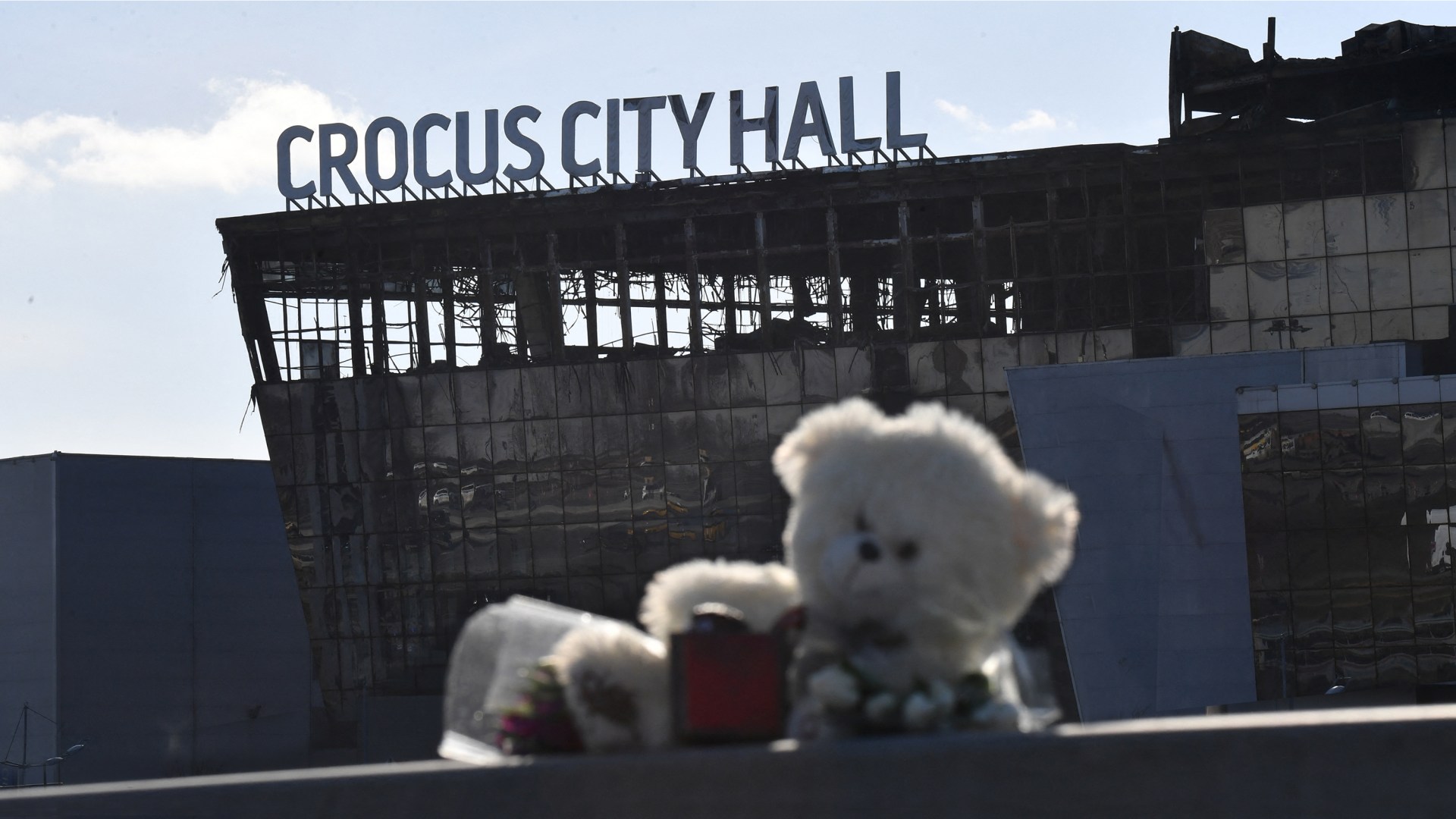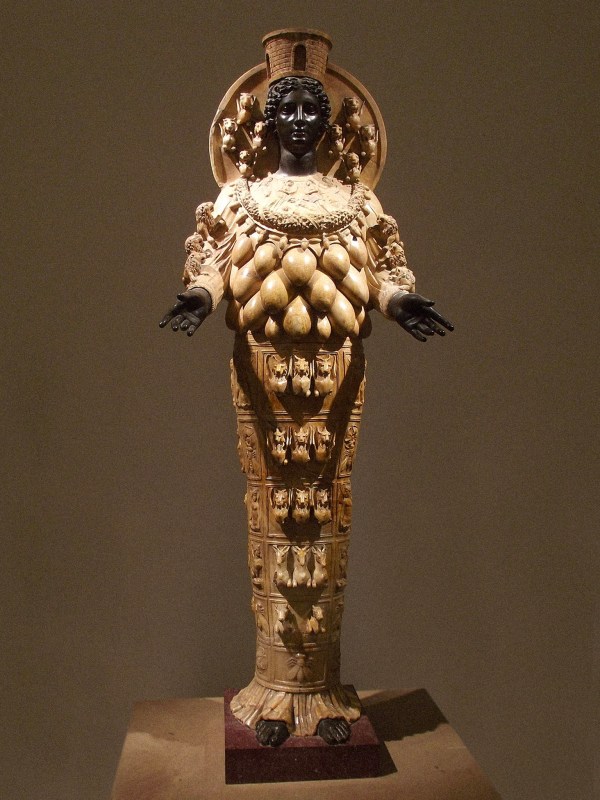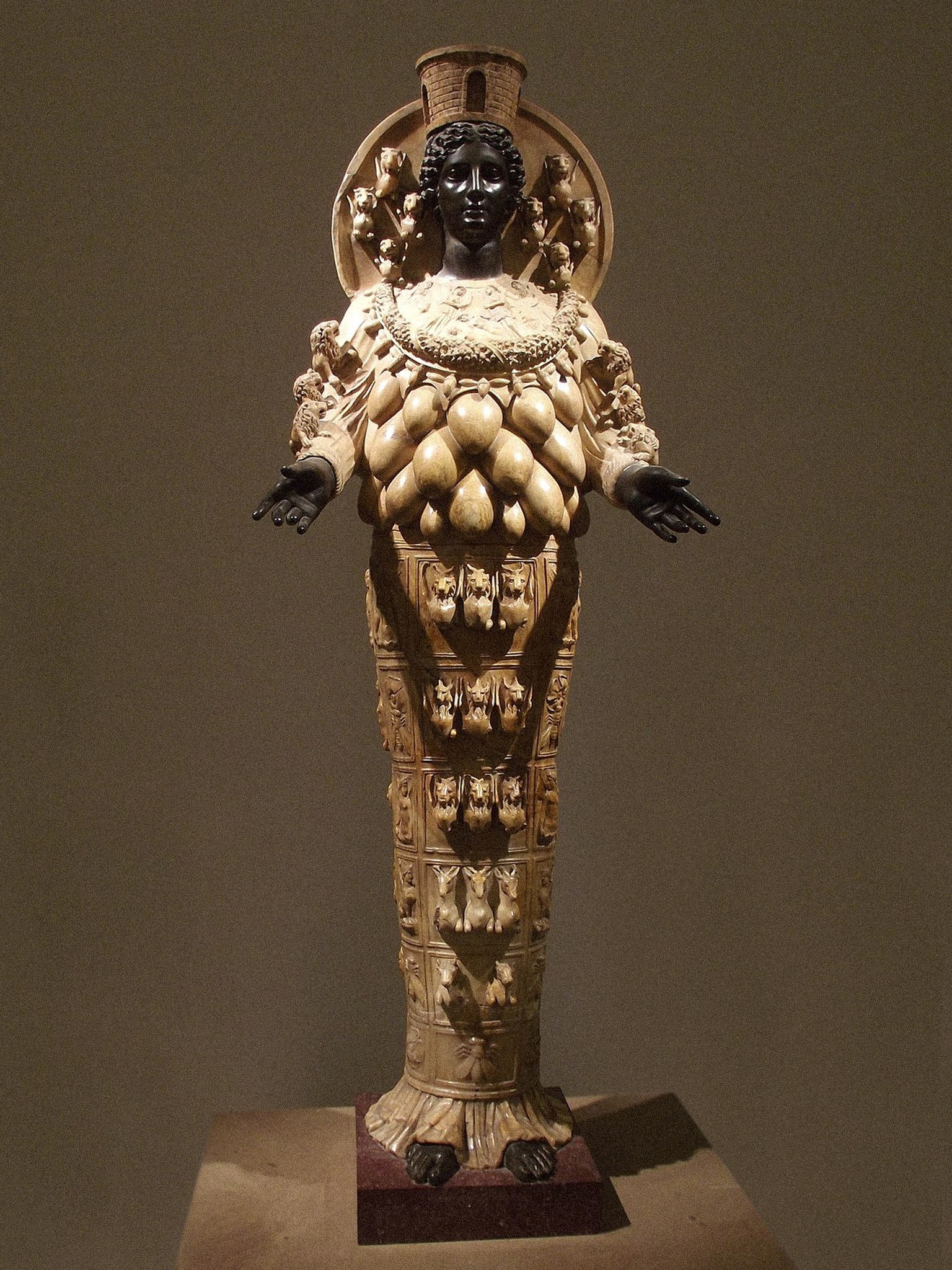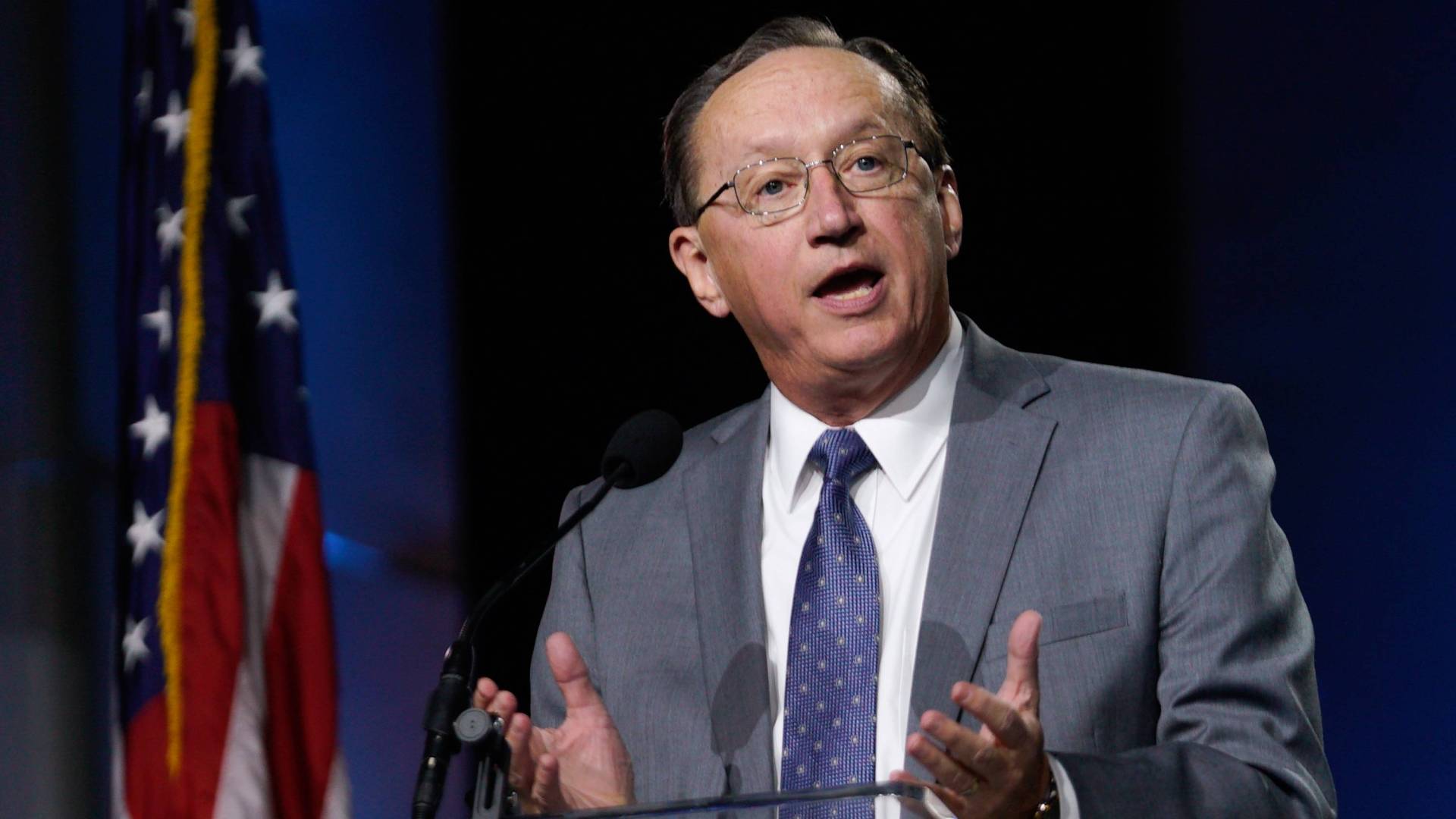“Father, if it is your will, please heal your servant; yet not our will, but yours be done.” As a child, I recall hearing this kind of prayer and feeling deeply puzzled. If it is your will? I thought. Why wouldn’t it be God’s will to heal his servant?
Such prayers are not theologically incorrect—they echo the words of Christ himself and, rightly understood, believers ought to pray likewise. But wrongly understood, such prayers can be deeply confusing and troubling.
Imagine a young girl hearing people pray those words for her mother suffering with terminal cancer. What is she to think? Why wouldn’t God want to heal mommy—does he want her to suffer and die? Doesn’t God love mommy and me?
Even the most spiritually mature adults can struggle with the purpose and effect of their prayers—particularly when God seems absent or silent in their hour of greatest need, despite how faithfully and fervently they pray. If God is perfectly good, all-powerful, and knows our needs before we ask (as Jesus himself taught in Matthew 6:8), how could our prayers make any difference in God’s action? Wouldn’t God already know, will, and do whatever is preferable regardless of whether or how we pray?
These are not easy questions to answer, and they bring up sticky theological quandaries, such as how God’s sovereignty and human free will could possibly coexist. On this issue, Christians land on various parts of a spectrum, seeing it as some form of divine determinism, an optimistic vision of human partnership with God, or something else. Some see prayer primarily as a personal devotional practice that does not influence divine action, while others assume that unanswered prayers reflect the lack of faith of those praying.
In cases such as these, it’s critical that we return to the biblical text. And specifically, we can learn much from the example of how Jesus himself prayed in the New Testament.
The gospel writers record the words of Jesus’ prayers on a limited number of occasions. Among these are the Lord’s Prayer, the High Priestly Prayer in John 17, and Christ’s prayers in the garden of Gethsemane shortly before his death, during which he was in so much anguish that he sweat blood. Though brief, Christ’s prayers in Gethsemane are especially profound and shed significant light on how to pray faithfully amid such questions.
It was the night before Jesus was to be crucified. In deep distress, he withdrew to pray, as he often did. Enveloped by profound darkness, “overwhelmed with sorrow to the point of death” (Matt. 26:38), Jesus instructed his disciples to pray, moved a little way off, and “fell with his face to the ground,” praying, “My Father, if it is possible, may this cup be taken from me. Yet not as I will, but as you will” (Matt. 26:39).
If it is possible? How could anything not be possible for God? Jesus also prayed, “Father! All things are possible for You” (Mark 14:36, NASB). Why, then, did he pray, “if it is possible”?
Taken together, these verses indicate that, in one sense, all things are possible for God—as all-powerful, God can do anything that does not involve a logical contradiction. But in another sense, some outcomes might not be possible for God —for example, those that require him to break his promises, behave contrary to his nature, or act against his overarching will.
Could Christ have avoided the cross? He certainly possessed the power to do so. Later, when Peter tried to save Jesus by cutting off the ear of one of those sent to arrest him, Jesus rebuked him and said, “Do you think I cannot call on my Father, and he will at once put at my disposal more than twelve legions of angels? But how then would the Scriptures be fulfilled that say it must happen in this way?” (Matt. 26:53–54).
The real question is, could Christ have avoided the cross and still saved sinners? To which the answer seems to be no. This passage shows us that it must not have been possible for Christ to fulfill his overarching mission—to save the world from sin and defeat suffering and death itself—without facing the cross.
“If it is possible” seems to indicate that some avenues are not available to God in keeping with his goals and commitments. God was committed to justifying sinners (while himself remaining perfectly just) and to demonstrating his love in such a way that darkness would be defeated for good (Rom. 3:25–26; 5:8; Rev. 21:4). Because of this, God could not bring about his greater desire of saving humans without the suffering of the cross. In the ultimate act of love and justice, Jesus willingly chose to lay down his life (John 1:17–18) and “for the joy set before him he endured the cross” (Heb. 12:2).
But Christ’s midnight prayer in the garden of Gethsemane didn’t end there. After praying, “if it is possible, may this cup be taken from me,” he added, “yet not as I will, but as you will” (Matt. 26:39). Later, Christ prayed twice more, “My Father, if it is not possible for this cup to be taken away unless I drink it, may your will be done” (vv. 42, 44). Interestingly, this last phrase appears earlier in the Book of Matthew when Jesus teaches his followers how to pray in the Lord’s Prayer (Matt. 6:9–13). Understanding this context sheds even more light on Jesus’ prayer in Gethsemane.
The Lord’s Prayer includes seven petitions, starting with “hallowed [or sanctified] be your name;” “your kingdom come;” and “your will be done, on earth as it is in heaven” (vv. 9–10). These first three petitions are closely related. Praying that God’s will be done on earth as in heaven suggests his will is not always done—at least not here and now. Likewise, praying for God’s kingdom to come indicates that it has not yet been fully realized in our midst.
Importantly, asking for God’s name to be hallowed (sanctified) points to a need for God’s name (reputation) to be vindicated. Yet God’s name cannot be vindicated in full unless and until evil is defeated and the enemy’s kingdom is uprooted. So, the first three petitions ultimately point to the last—“deliver us from the evil one” (v. 13)—because praying for God’s name to be hallowed is to pray for his kingdom to come and his will to be done. In David Crump’s words, “Just as praying for the kingdom to come is to ask for the sanctification of God’s name, so too is it asking for the Father’s ‘will to be done.’”
In these ways and others, the Lord’s Prayer points to an ongoing cosmic conflict between God’s kingdom of light and the devil’s temporary kingdom of darkness (Rev. 12:7–10).
Jesus himself repeatedly identifies the devil as the “ruler of this world” (John 12:31 NASB), indicating Satan possesses some genuine (though limited and temporary) rulership in this world, though his end is rapidly approaching (Rev. 12:12, Rom. 16:20). We know the devil deceives the whole world (Rev. 12:9), works against God’s will (Eph 6:11–12) and threatens God’s kingdom (Acts 26:18). Yet, at every turn, Christ counters and undoes the devil’s schemes.
As Brian Han Gregg notes, the “conflict between God and Satan is clearly a central feature of Jesus’ teaching and ministry.” Indeed, Christ “appeared for this purpose, to destroy the works of the devil” (1 John 3:8, NASB) so that “by his death he might break the power of him who holds the power of death—that is, the devil” (Heb. 2:14).
The cosmic conflict between God and Satan is not a conflict of power alone since no creature could engage in conflict with the all-powerful God at his level of sheer power. Instead, the Bible portrays it as a conflict over the devil’s slanderous allegations against God’s name (Job 1–2; Rev. 12:9–11). God could not refute such accusations by a show of power, but only by demonstrating his love and righteousness (Rom. 3:25-26; 5:8)—manifested supremely in Christ’s atoning work, and which ushered in his kingdom.
I say much more about how this cosmic conflict framework sheds light on petitionary prayer in my upcoming book, but here, it’s sufficient to say that prayer sometimes makes a difference relative to what avenues are “morally available” to God in keeping with his promises and commitments—including what I call the “rules of engagement” in the cosmic conflict (see, for instance, Jesus’ remarks in Mark 9:29).
How, then, should we pray this side of heaven, in which “the whole world lies in the power of the evil one” (1 John 5:19, NASB)? In short, we can pray like Jesus in the garden of Gethsemane. Especially when we’re facing times of profound suffering and darkness in our lives, we can pray not only that God’s will be done but also, “if it is possible, may this cup be taken.”
It was not the Father’s desire or preference that Christ should suffer and die—as Scripture tells us, God takes no pleasure in anyone’s death (2 Pet. 3:9; Ezek. 18:32), let alone that of his beloved Son. Yet Isaiah says, “It was the Lord’s will to crush him” (53:10). In what sense? Strictly because this was God’s only route to redeem sinners and save the cosmos from darkness.
God’s will to remedy all that has gone wrong in our fallen world is what I call his remedial will. This is distinct from his ideal will—which Scripture makes clear was, from the beginning, that no sin, evil, or suffering would have occurred at all.
With this understanding, we can pray for deliverance from suffering and death with confidence that such prayer aligns with God’s ideal will. Yet we also recognize God’s remedial will might take another course due to countless other factors in the cosmic conflict, many of which we cannot see. As such, we should follow Christ in praying, “if it is possible”—given what is available and preferable, and given everything God knows about all factors involved, whether seen or unseen.
However we pray, this cosmic-conflict framework highlights that there are far more factors involved in regard to God’s action (and apparent inaction) than we can fathom. We may ask for reprieve from whatever trial we or a loved one might be facing, but while doing so, we should recognize that God takes into account many factors that are unseen from our perspective. As such, we may fervently pray for God’s intervention, perhaps sometimes even crying out to God that we feel forsaken by him (Matt. 27:46).
At the end of the day, we can know that God does not desire or take delight in our pain. Instead, he chooses to align himself with all human suffering in the person of Jesus Christ. Ultimately, we can place our trust in God’s unwavering goodness, justice, and love—which Christ made unmistakably clear in his death on the cross.
John C. Peckham is research professor of theology and Christian philosophy at Andrews University. His forthcoming book is Why We Pray: Understanding Prayer in the Context of Cosmic Conflict.















































